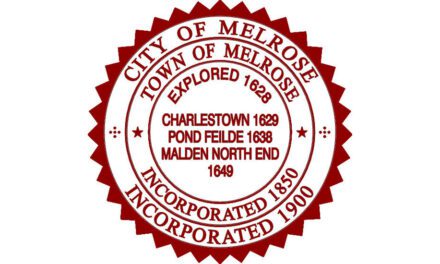Published in the July 13, 2018 edition
By MAYOR GAIL INFURNA
MELROSE — In the past few years, real estate values in Melrose have skyrocketed. At the same time, developers have built new apartments and condos as well as an assisted living facility. So why are finances so tight?
The answer lies in the way Proposition 2½ works: Each year, the total amount of property taxes we can collect (the “tax levy”) is capped at the previous year’s number, plus a 2½% increase, plus the tax on the net value of any new development (called “new growth”). This means that although property values have gone up, that increase in value is not reflected in the city budget. Here are the Fiscal Year 2019 numbers:
• Current Tax Levy: $55 million
• 2.5% Increase: $1.4 million
• New Growth (estimated): $400,000
Because that number is fixed, if property taxes go up, the tax rate must go down. That is exactly what has been happening for the past five years: Residential property values have been rising and the tax rate has been dropping.
So far, we have just been talking about residential property taxes. The situation with respect to CIP (commercial, industrial, and personal property) is a bit different, but those properties account for only 4% of total property taxes in Melrose.
Where they do come into play is with regard to new growth, the one addition to the tax levy that is outside the Prop 2 1/2 cap. While the new restaurants and shops, as well as residential redevelopment and new construction, have brought many benefits to Melrose, their tax impact is modest. As I mentioned before, “new growth” is the tax value of any new development—minus the value of what was already there. So if you had a property that was assessed at $100,000, and you redeveloped it so that it was worth $125,000, the value of the new growth would be the difference: $25,000. The added tax on that would be the value multiplied by the tax rate, or in this case, $282.50 (using the FY 2018 tax rate of $11.31 per $1,000).
New growth in FY 2018 added $606,380, less than 1% of the total budget, to the tax levy. As opportunities for new development are diminishing, that number is likely to drop; new growth is estimated at $400,000 for the Fiscal 2019 budget.
This goes to the heart of what Proposition 2 1/2 means to Melrose: Property taxes are capped, and the potential for new growth is shrinking. The challenge the City of Melrose faces then, is how to increase revenues in order to continue to provide a high level of services to the people of Melrose.




